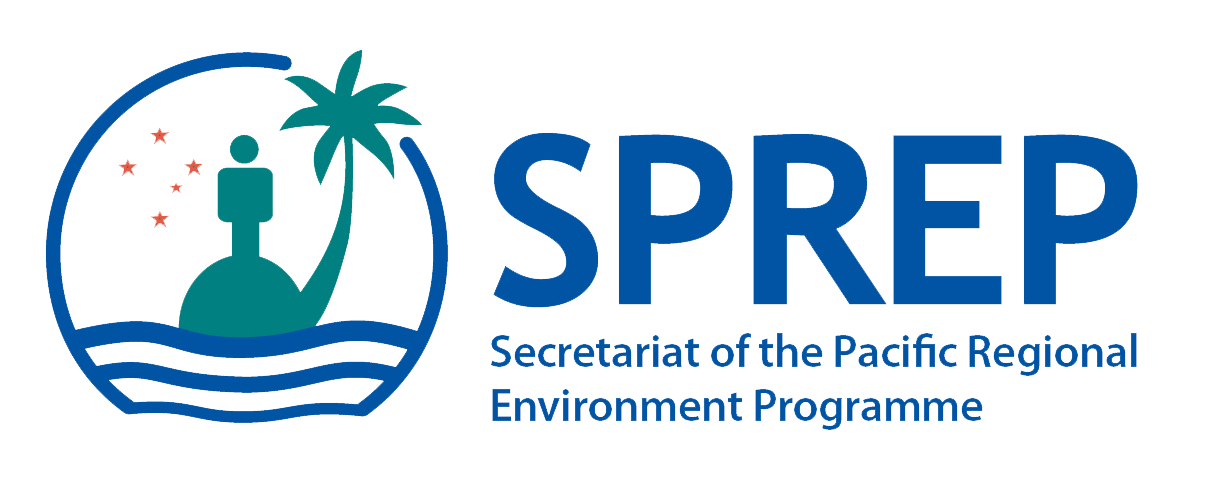Zip file containing shapefile and metadata for…
Bioregions, of course, are just one of the important data layers in indentifying an ecologically representative system of marine protected areas. To be truly ecologically representative and comprehensive, one must also consider all available information about habitats, species and ecological processes. In addition, socio-economic and cultural considerations are vital in the spatial planning process. This report is focussed upon one important, but only one, input to marine spatial planning: the development of marine bioregions.
To take account of differing types and resolution of data, two separate bioregionalisations were developed; firstly, for the deepwater environments and secondly for reef-associated environments. For the deepwater, thirty, mainly physical, environmental variables were assessed to be adequately comprehensive and reliable to be included in the analysis. These data were allocated to over 140 000 grid cells of 20x20 km across the Southwest Pacific. K-means and then hierarchical cluster analyses were then conducted to identify groups of analytical units that contained similar environmental conditions. The number of clusters was determined by examining the dendrogram and setting a similarity value that aligned with a natural break in similarity.
For the second bioregionalisation, reef-associated datasets of more than 200 fish, coral and other invertebrate species were collated from multiple data providers who sampled over 6500 sites. We combined these datasets, which were quality-checked for taxonomic consistency and normalised, resulting in more than 800 species that could be used in further analysis. All these species data and seven independent environmental datasets were then allocated to over 45,000 grid cells of 9x9 km across the SW Pacific. Next, the probability of observing these species was predicted, using the environmental variables, for grid cells within the unsurveyed reef-associated habitats. Hierarchical cluster analysis was then applied to the reef-associated datasets to deliver clusters of grid cells with high similarity.
The final analytical steps, applied to all the outputs, were to refine the resulting clusters using manual spatial processing and to describe each cluster to deliver the draft bioregions. This work resulted in 262 draft deepwater marine bioregions and 102 draft reef-associated bioregions across the SW Pacific.
Please cite this dataset as:
Wendt H., Beger M., Sullivan J., LeGrand J., Davey K., Yakub N., Fernandes L. 2018. Draft marine bioregions of the Southwest Pacific.” GIZ, IUCN, SPREP: Suva.
Data and Resource
Zip file containing shapefile and metadata for…
| Field | Value |
|---|---|
| Publisher | Secretariat of the Pacific Regional Environment Programme |
| Modified | 11 February 2022 |
| Release Date | 21 July 2021 |
| Source URL | http://macbio-pacific.info/ |
| Identifier | 3035ffcf-d9f3-4102-a8d1-5a98b2fc7228 |
| Spatial / Geographical Coverage Location | Southwest Pacific Ocean |
| Relevant Countries | Pacific Region |
| Language | English (United States) |
| License |
Public
![[Open Data]](https://assets.okfn.org/images/ok_buttons/od_80x15_blue.png)
|
| Author | MACBIO |
| Contact Name | MACBIO Project |
| Contact Email | [email protected] |
